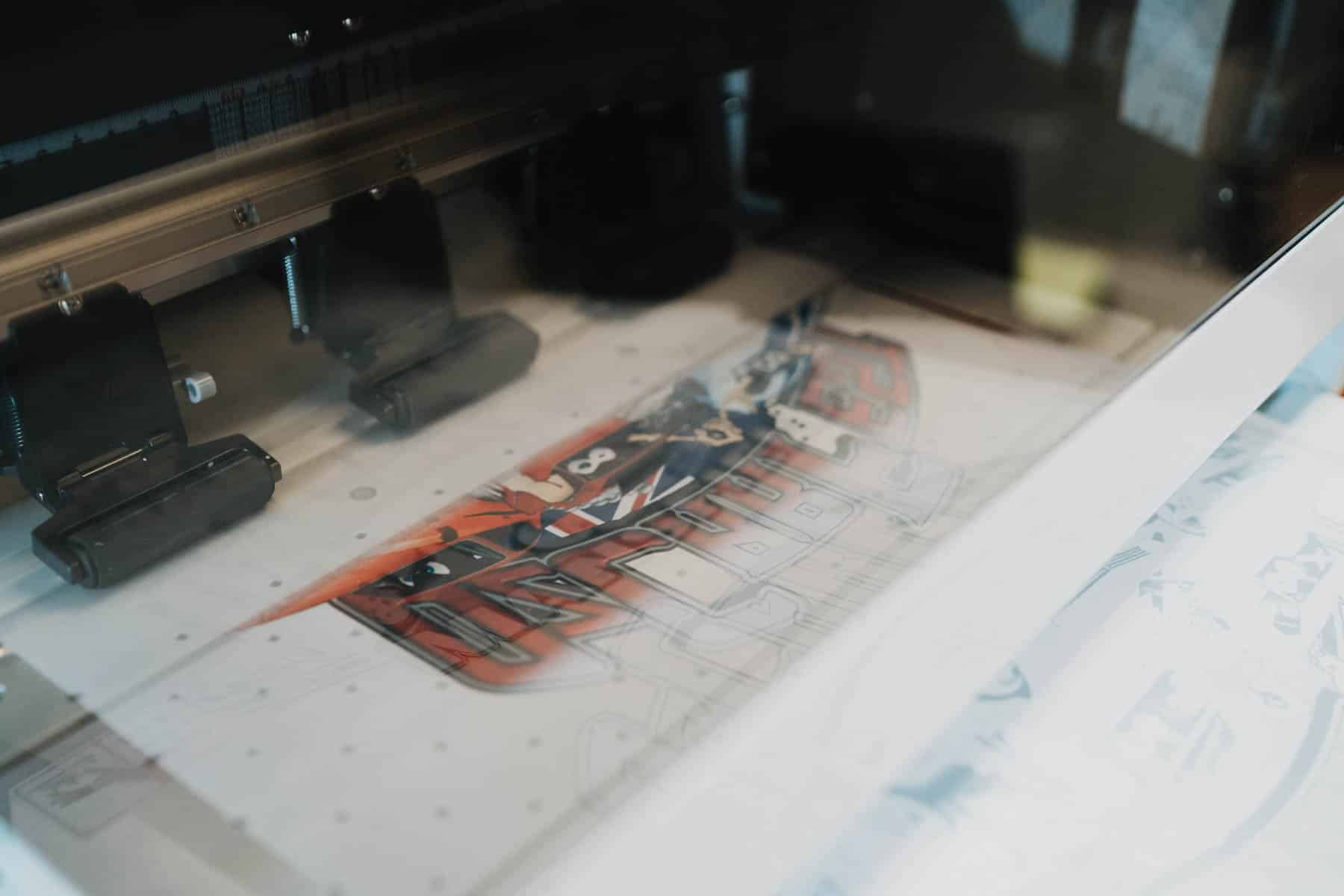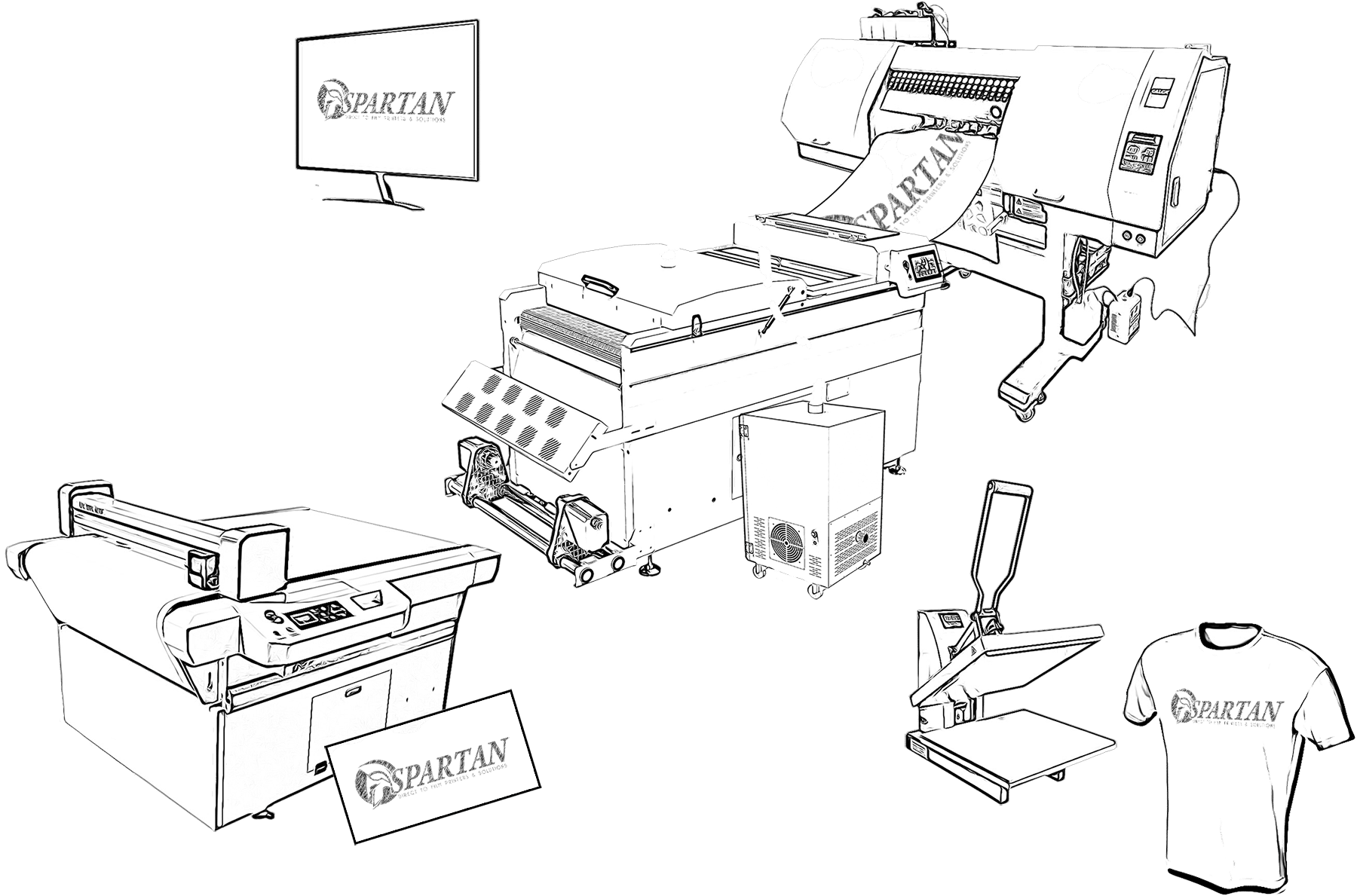
Direct-to-film (DTF) printing is quickly becoming a focal point for the printing industry. DTF is more than just another printing method – it’s a foray into efficiency, sustainability, and enhanced quality.
Adopting direct-to-film printing can be a game-changer for printing professionals eager to stay ahead of the curve. In this guide, we’ll unpack the intricacies of DTF printing, its standout features, and how it can reshape your printing business.
At its core, direct-to-film printing is a process where a digital printer directly applies a design to a film, which is then transferred using heat and pressure onto various products, such as apparel and accessories. This technique bypasses the need for traditional screens used in screen printing, aligning more closely with a digital production workflow.
The allure of DTF lies in its ability to bridge the gap between traditional and modern printing methods. For businesses that prioritize speed, versatility, and detail, this method offers a promising alternative to traditional methods.


Direct-to-film printing is not a fleeting trend – it is the future of printing. Its ability to combine digital precision with the kind of customization and detail customers crave makes it a compelling proposition. For businesses in the printing domain, as with any emerging technology, understanding the nuances of DTF, weighing its benefits against the initial investment, and planning for its integration with existing processes are crucial.
DTF printing can offer a substantial competitive advantage for early adopters. Each year, the technology matures, costs decrease, and knowledge spreads – ensuring those who invest in DTF today are poised to be the leaders of tomorrow’s printing landscape.
Whether you’re a large-scale operation seeking to streamline processes or a boutique print shop aiming for more intricate, on-trend offerings, direct-to-film printing warrants serious consideration. It’s a step towards a more sustainable, versatile, and quality-focused approach to meeting the diverse demands of the printing market.
In the end, the print industry is all about adaptation and evolution. DTF printing is the type of innovation that continues to define and redefine the standards of this dynamic industry. As we move into the digital age, staying rooted in DTF’s efficiency and sustainability will be the cornerstone of successful printing businesses.
Ready to make the change? Equip your business with the tool it needs to excel in the modern market – explore DTF printing and discover how it could transform your business today.
Spartan DTF is your source for premium DTF supplies. Our ink, film, powder, and equipment produce vibrant and durable prints.
"*" indicates required fields
© 2024 Spartan DTF. All rights reserved.
We use cookies to provide features and learn about our visitors.